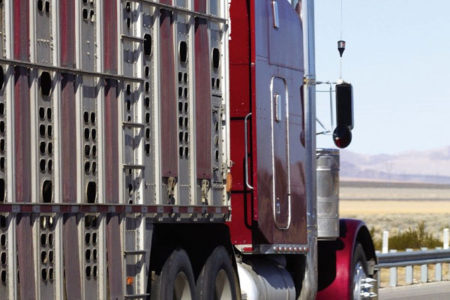5 Steps For Preventing Transportation Stress In Cattle

5 Steps For Preventing Transportation Stress In Cattle
by Tyler Thomas, Alltech
Transportation stress is an unavoidable factor for any beef operation. Treating transportation stress in cattle is a challenge, however, the negative health effects incurred by transporting animals can be limited by implementing a number of good management practices. These key steps are simple and can be easily adopted by your operation today.
Step 1: Identify your specific risk-factors
Some common factors that will increase the effects of transportation stress in calves include animal cramming, excessive trailer movement, heat stress, dehydration, introduction to new pathogens and inadequate receiving protocols. Even though this list may seem long and broad in focus, there are simple steps you can take to drastically decrease each of these risk-factors.
Step 2: Incorporate Beef Quality Assurance certifications
Once animals are loaded onto a trailer, it is paramount that the truck driver is intentional about how the animals are treated in order to reduce stress. Ensuring that the driver has a Beef Quality Assurance: Transportation Program certification can provide peace of mind that the animals will be handled adequately. Through these programs, drivers learn to avoid common pitfalls like fast starts/stops/turns, become aware of cold and hot temperature concerns, and focus on cattle handling during loading and unloading. Avoiding these stressful behaviors improves your chances of receiving healthy cattle.
Step 3: Develop a receiving protocol
The risk of transportation stress does not end when the animal is received. While you have less control over managing stress during transport, the risks still remain in the hands of the receiving personnel. The solution starts with implementing a proper receiving protocol that is based on low-stress handling. The calmer and quieter employees are, the calmer and quieter the animals will be. This can be accomplished by avoiding hot-shot use, not yelling around animals and removing loud equipment (e.g., hydraulic pumps) from the chute area. A Beef Quality Assurance: Stockmanship Program is also available for employees and is highly valuable for training proposes.
Step 4: Pay attention to what you cannot see: Internal health
While you can limit external stressors such as noises, excessive movement and stressful animal experiences, an often-forgotten risk factor is the internal heath of the animal. The stress of transportation and the introduction to a new environment, new feedstuff and new pathogens will often result in some level of digestive distress. A decrease in feed intake, feed conversion and weight gain may be observed, and the culprit is almost always due to an immune response in the animal’s digestive tract. The digestive system is very complex and can be damaged easily when health is neglected. The cause of this damage can range from temperature changes to new feedstuffs—even to new bacterial populations. Most of these stressors are unavoidable due to the nature of the uncontrollable environment, and thus, preventative measures must be taken.
Step 5: Rely on supplements during the transition period
At Alltech, we are passionate about improving animal health through digestive and immune protection, correction and optimization. In our beef division, we focus heavily on reducing animal stress to improve overall growth and health, which simultaneously improves your bottom line. This is demonstrated in Select TC, our feedlot product, which aims to relieve digestive stress during the arrival of a newly introduced animal. The gut has a major impact on the rest of the animal, but because we are unable to see it, we often overlook this factor when considering an animal’s potential. When a gut becomes agitated and inflamed from poor feed quality, new bacteria or stress, you will see animal performance suffer greatly. This decrease in performance is due to the level of energy the immune system requires to fight off pathogens, heal the damaged tissues and produce an overall immune response. Utilizing a supplement to help the immune system protect the animal and negate the effects of the pathogens can help the animal transition into a feedlot more effectively. A more effective transition will, in turn, allow cattle to consume more feed and gain more weight without wasting energy on immune functions, increasing your profitability.
Select TC is a well-rounded receiving-period supplement with benefits ranging from gut-cell health support to decreasing the repercussions of bacteria and mold in the animal’s body. This product can be fed in many different forms and at various dosage levels depending on your specific operation.
Protect your herd from these common pitfalls, which can lead to low-performing animals. Contact your local Alltech salesperson or beef@alltech.com to learn more about what Select TC can do to help limit your fallout from transportation stress and get your cattle on feed faster.



